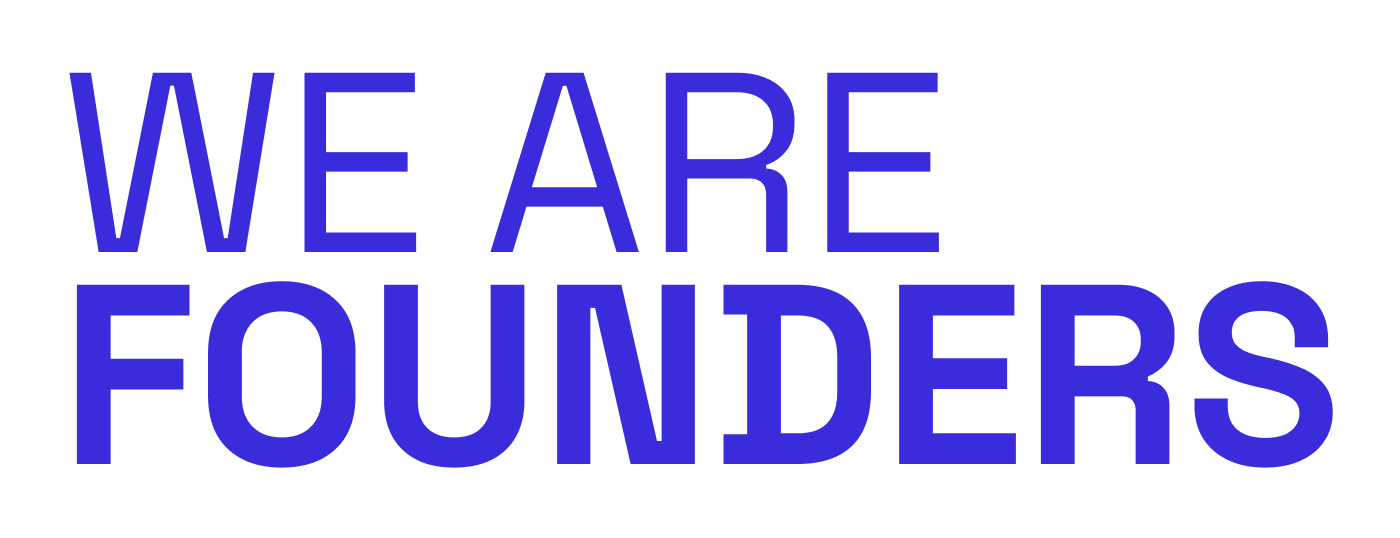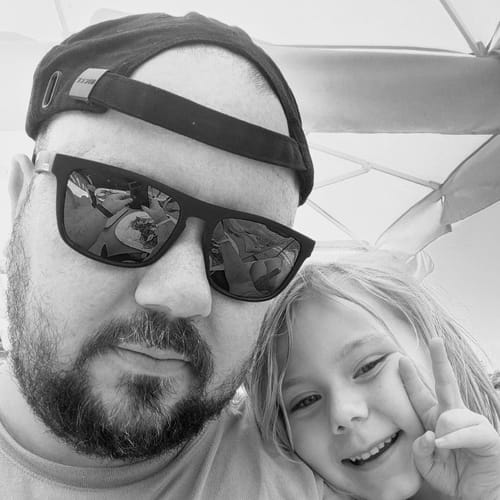Duolingo, the language-learning app with that famously persistent green owl, decided to go all-in on an "AI-first" strategy. Sounds futuristic, right?
Well, it turned into a bit of a PR nightmare and a lesson for any company thinking AI is a magic wand to replace humans.
What Kicked It All Off?
In late April 2025, Duolingo's CEO, Luis von Ahn, sent out a memo (later splashed on LinkedIn) announcing this big shift. He compared it to their smart move to mobile back in 2013. But the details? They didn't sit well with many.
Here’s the gist of the "AI-first" plan that caused the uproar:
- The Contractor Cut: They planned to "gradually stop using contractors" for work AI could supposedly handle. This came after already laying off 10% of contractors in 2024 when they started using AI for translations.
- The Hiring Squeeze: New hires would only happen if a team could prove they couldn't automate more of their work. Basically, "prove humans are still needed."
- AI Report Cards: Employee performance reviews would now include "AI fluency." Your career could depend on how well you cozied up to the algorithms.
- Educational Ego Trip: Von Ahn then went on a podcast ("No Priors") and suggested AI would soon teach better than humans. He even quipped that schools would mainly stick around for "childcare." Ouch.
The Internet Did Not Approve
The backlash was, as you might expect, pretty fierce. Users and content creators were outraged. TikTokers started calling for people to ditch the app. Things got even weirder when Duolingo posted a bizarre video called "Exposing Duolingo." It featured someone in the owl mascot costume (with a third eye, for some reason) claiming, "Duolingo was never funny. We were," and directly blaming the AI announcement for things "crashing down."
This all led to Duolingo pulling a disappearing act. They completely wiped their Instagram (4.1 million followers!) and TikTok (a whopping 6.7 million followers!) accounts, leaving behind cryptic messages like "gonefornow123" with dead rose emojis. A spokesperson vaguely said they were "experimenting with silence."
The Big Mistake: Replacement, Not Partnership
According to Hedemark, Duolingo fell into the "replacement trap." They saw AI as a way to swap out humans, instead of a tool to help humans do their jobs better. This is the opposite of what successful companies are apparently doing.
Think about what Duolingo risked losing:
- Cultural Nuance: AI struggles with idioms, regional slang, and the subtle stuff that native speakers and cultural experts bring. Crucial for language learning!
- Teaching Smarts: Experienced educators know how people learn, common pitfalls, and how to make lessons stick. It's more than just spitting out grammatically correct sentences.
- Quality Control: With fewer human experts, who's going to catch all the AI-generated mistakes and keep the quality up across dozens of languages?
What Could They Have Done?
Instead of this dramatic overhaul, a more human-centered approach might have looked like:
- Using AI to help translators work faster, not get rid of them.
- Having AI generate initial content, with human experts refining it for accuracy and cultural relevance.
- Keeping humans in charge of how lessons are structured.
- Building teams where AI handles the grunt work (like scaling content) and humans focus on the creative, high-value stuff.
The Fallout & The Lesson
The whole saga wasn't just a PR blip; it had real consequences:
- Brand Damage: Going dark on social media is a big deal for a brand built on engagement.
- Tanking Morale: Remaining employees were likely wondering if they were next.
- Quality Concerns: Users started noticing AI-generated content felt less authentic.
- CEO Missteps: The whole thing highlighted how out-of-touch leadership can be. Von Ahn's messaging, instead of inspiring, seemed to confirm everyone's worst fears about AI taking jobs.
Von Ahn did try to backtrack a bit on LinkedIn, saying AI wouldn't replace employees and hiring would continue. But, as Hedemark points out, the damage was largely done.
The Takeaway?
The Duolingo story is a pretty stark warning. AI is a powerful tool, but if you introduce it by essentially telling your workforce (and your users) that humans are becoming obsolete, you're in for a rough ride. The smart play seems to be figuring out how humans and AI can work together, making people more powerful, not redundant.
It's less about a robot takeover and more about building smart, collaborative teams. Duolingo learned that lesson the hard (and very public) way.



